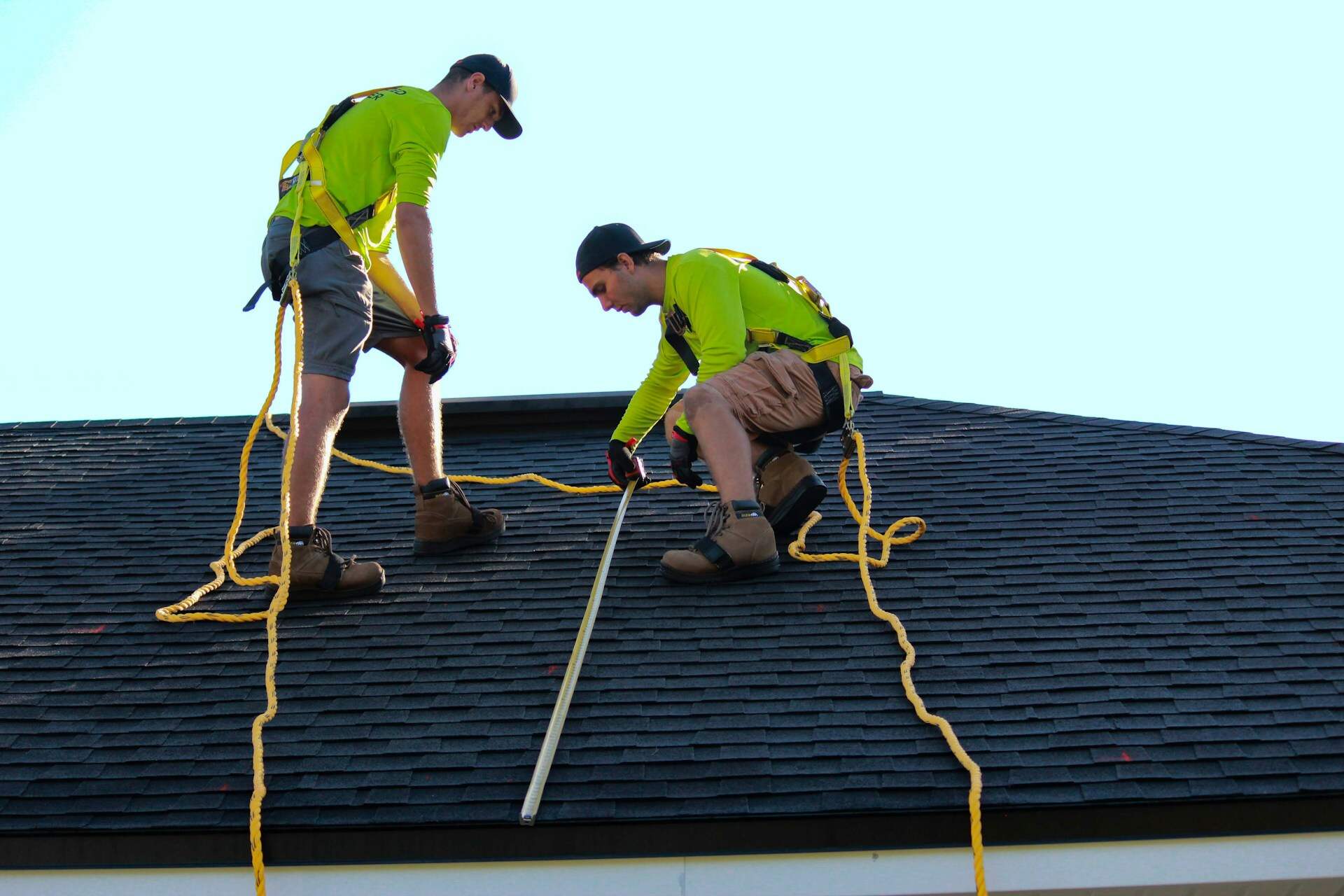Keeping your roof in top shape is crucial for protecting your home from water damage. One essential component of a well-maintained roof is roof flashing. Roof flashing serves as a barrier against water infiltration, safeguarding the structural integrity of your home.
Flashing is typically made from materials like aluminum, galvanized steel, or copper. It is installed in vulnerable areas, such as around chimneys, vents, skylights, and roof valleys. These materials are selected for their durability and resistance to the elements, ensuring that your roof remains watertight even during severe weather.
Understanding what roof flashing is and how it works can help you appreciate its role in preserving your roof’s longevity. Properly installed flashing directs water away from seams and joints, preventing leaks and reducing the risk of costly water damage. By maintaining your roof flashing, you can ensure it continues to protect your home effectively, keeping your living space dry and secure.
What Is Roof Flashing and How Does It Work?
Roof flashing is a critical component in your roofing system. It involves the use of thin pieces of waterproof material, like aluminum, copper, or galvanized steel, to direct water away from areas of your roof that are prone to leaks. These materials are chosen because they are both durable and resistant to the elements, ensuring long-lasting protection. The primary purpose of roof flashing is to create a water-resistant barrier over gaps, joints, and seams where different roofing elements meet.
Flashing works by channeling water away from vulnerable areas, preventing it from seeping into your home. For example, where the chimney meets the roof, flashing is applied to cover the gap and direct water down the slope of the roof. This effectiveness is not limited to chimneys; flashing is used around vents, skylights, and roof valleys—essentially anywhere there is an interruption in the roof surface. Properly installed flashing ensures that these intersections are sealed and protected, preventing water from causing damage to the roof structure and interior of your home.
Common Areas for Roof Flashing Installation
To effectively guard against leaks, roof flashing is installed in several key areas on your roof. Here are the common places where flashing is necessary:
1. Chimneys: Flashing around chimneys prevents water from seeping in at the base. Chimneys are often one of the most leak-prone areas due to their large, rectangular shape creating significant gaps.
2. Skylights: Skylights offer natural light but also present a potential entry point for water. Proper flashing around skylights ensures a watertight seal.
3. Vents and Exhaust Pipes: Any roof penetration, like those for ventilation pipes, requires flashing to encase the opening and repel water.
4. Valleys: Roof valleys occur where two roof planes intersect. These channels can collect large amounts of water, so flashing is used to line the valleys and prevent leaks.
5. Dormers: Dormers, which are small extensions of the roof, also require flashing around their bases to protect against water infiltration.
6. Roof Edges: The edges of your roof, particularly where the roof meets walls or other roofs, benefit from flashing to create a seamless barrier against the elements.
By installing flashing in these critical areas, you can significantly reduce the risk of leaks and extend the life of your roofing system. Each of these locations presents unique challenges, but with the right materials and proper installation, flashing provides an essential layer of protection for your home.
Advantages of Proper Roof Flashing
Properly installed roof flashing offers numerous benefits that can save you time and money in the long run. First and foremost, it prevents leaks. By directing water away from vulnerable areas, flashing helps keep your home dry and avoids the costly repairs associated with water damage. This is particularly important around features like chimneys, vents, and skylights, which are otherwise prone to leaks.
Another significant advantage is that proper roof flashing can extend the lifespan of your roof. When water penetrates your roofing materials, it can cause rot, mold, and structural damage. Flashing acts as a barrier that prevents this kind of infiltration, thus preserving the integrity of your roof. By safeguarding these critical areas, you reduce wear and tear, ultimately prolonging the life of your roofing system.
Proper flashing also enhances the overall structural integrity of your home. When the joints and seams of your roof are well-protected, there is less risk of water-induced damage to your roof decking and home’s framework. This leads to a stronger, more resilient home structure that can better withstand the elements. In short, investing in proper roof flashing not only ensures better protection against leaks but also contributes to a longer-lasting and sturdier roofing system.
How to Check and Maintain Roof Flashing
Regular inspection and maintenance of roof flashing are essential to ensure it continues to provide effective water protection. To start, you should visually inspect your flashing at least twice a year, ideally in the spring and fall. Look for common signs of damage, such as rust, cracks, or loose sections. Pay special attention to the areas around chimneys, vents, and skylights, as these are more prone to wear and tear.
In addition to regular inspections, it’s crucial to check your flashing after severe weather events, such as heavy rains or storms, that might have caused damage. If you notice any issues during your inspection, it’s essential to address them promptly. Small problems, like loose or missing flashing, can often be fixed with roofing cement or sealant. However, more significant damage, such as extensive rust or large sections of missing flashing, may require professional repair or replacement.
Maintaining roof flashing also entails keeping your gutters clean and free of debris. Clogged gutters can cause water to overflow and come into contact with your flashing, leading to rust and damage. Regular gutter maintenance helps ensure that water flows away from your roof as intended.
If you’re unsure about the condition of your flashing or how to fix it, consult a professional roofer. They can provide a thorough inspection and address any issues that might compromise your roof’s integrity. Regular maintenance and timely repairs will help keep your roof flashing in optimal condition, ensuring your roof remains protected against water infiltration.
Conclusion
Roof flashing plays a vital role in protecting your home from water damage and ensuring the longevity of your roofing system. Properly installed flashing around key areas like chimneys, vents, skylights, and valleys provides a robust defense against leaks and structural deterioration. Regular inspection and maintenance of your roof flashing can catch small issues before they turn into significant problems, saving you time and money in the long run.
At Mega Pro, we understand the importance of high-quality roof flashing in maintaining a solid and durable roofing system. If you need professional assistance with inspecting, maintaining, or repairing your roof flashing, reach out to us. Don’t wait for water damage to compromise your home’s integrity—contact us today for a professional roofing service to ensure your roof is in top shape!


